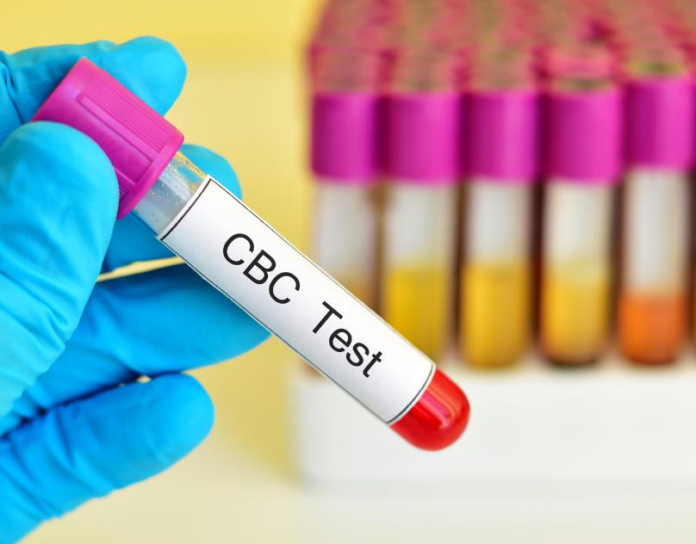
Understanding the Telltale Signs: Symptoms of Low Red Blood Cell Count
Red blood cells (RBCs) play a crucial role in the human body. They are responsible for carrying oxygen from the lungs to the body’s tissues and organs and transporting carbon dioxide back to the lungs for exhalation. A lower than normal RBC count, also known as anemia, can lead to a variety of symptoms that can significantly impact an individual’s overall well-being. Understanding these symptoms is essential for early detection and proper management of low red blood cell count.
Here are some of the most common telltale signs of low red blood cell count:
Fatigue
One of the most common symptoms of low red blood cell count is fatigue. This occurs because there are not enough red blood cells to carry sufficient oxygen to the body’s tissues and organs. As a result, individuals may experience a constant feeling of tiredness, weakness, and lack of energy, even after getting an adequate amount of rest.
Pale or Yellowish Skin
A lower than normal RBC count can also cause a change in the color of the skin. The skin may appear pale or yellowish, particularly in the face, lips, and nails. This is due to the reduced hemoglobin levels in the blood, which gives the skin a lighter or yellowish appearance.
Shortness of Breath
When the body lacks an adequate number of red blood cells, it can lead to difficulty breathing, particularly during physical activity. This symptom occurs because the heart has to work harder to compensate for the lack of oxygen-carrying capacity in the blood. Individuals with low red blood cell count may experience shortness of breath, even during mild exertion or at rest.
Dizziness and Weakness
Low red blood cell count can cause dizziness and weakness due to the lack of oxygen supply to the brain and other vital organs. This can lead to a feeling of lightheadedness, faintness, and difficulty maintaining balance. In severe cases, individuals may feel extremely weak and unable to perform daily activities.
Rapid or Irregular Heartbeat
Anemia can disrupt the normal functioning of the heart, leading to a rapid or irregular heartbeat. This occurs as the heart attempts to pump more blood in an effort to compensate for the reduced oxygen-carrying capacity of the blood. Individuals may experience palpitations, a sensation of fluttering or pounding in the chest, or a rapid heart rate at rest.
Chest Pain
In some cases, low red blood cell count can lead to chest pain, particularly during physical activity or exertion. The heart muscle may not receive enough oxygen, causing discomfort or pressure in the chest. It is essential to seek immediate medical attention if chest pain occurs, as it may indicate a more severe underlying condition.
Cold Hands and Feet
A lower than normal RBC count can lead to poor circulation, resulting in cold hands and feet. This occurs due to the body’s attempt to prioritize blood flow to essential organs, such as the heart and brain, at the expense of extremities. Individuals may notice that their hands and feet feel cold, even in warm environments.
Headaches
Anemia can cause headaches due to the lack of oxygen supply to the brain. Individuals may experience frequent or severe headaches, which can significantly impact their quality of life. Addressing the underlying anemia can help alleviate these symptoms and improve overall well-being.
Cognitive Difficulties
Low red blood cell count can also affect cognitive function, leading to difficulties with concentration, memory, and overall mental clarity. Individuals may experience cognitive fog, forgetfulness, and a lack of focus, which can affect their work and daily activities.
Dizziness
Anemia can also cause dizziness, particularly when standing up from a sitting or lying position. This occurs due to the drop in blood pressure resulting from the body’s attempt to compensate for the reduced oxygen-carrying capacity of the blood.
Understanding these telltale signs of low red blood cell count is crucial for early detection and proper management. If you experience any of these symptoms, it is essential to consult a healthcare professional for a thorough evaluation and appropriate treatment.
Treatment for low red blood cell count may include dietary changes to increase iron and vitamin B12 intake, iron supplements, and, in severe cases, blood transfusions or medications to stimulate red blood cell production. Additionally, identifying and addressing the underlying cause of anemia, such as nutritional deficiencies, chronic diseases, or genetic conditions, is essential for effective management.
In conclusion, recognizing the symptoms of low red blood cell count is critical for maintaining overall health and well-being. If you or someone you know experiences any of the aforementioned signs, seeking medical attention is essential for a proper diagnosis and treatment plan. By understanding these telltale signs, individuals can take proactive steps to address anemia and improve their quality of life.












